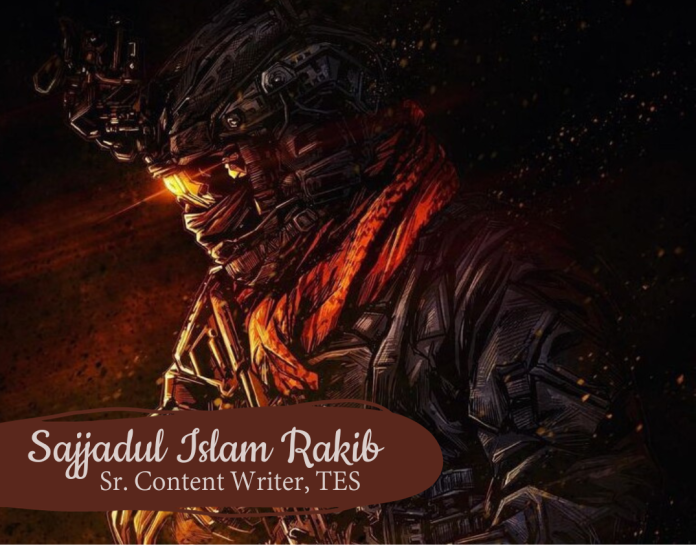Military textiles play a crucial role in providing protection, comfort, and performance for soldiers operating in diverse and challenging environments. These specialized fabrics and materials undergo rigorous development and testing to meet the demands of military use, ensuring soldiers are equipped to handle a range of threats and conditions.
The global military textiles market is expected to reach a value of USD 15.4 billion by 2028, registering a CAGR of 5.8% during the forecast period (2023-2028). The market is driven by increasing defense spending, growing demand for advanced protective materials, and rising geopolitical tensions.
- Key Characteristics of Military Textiles
Military textiles must possess a range of unique properties to meet the demands of military use. These characteristics include:
Durability and Strength: Military textiles must withstand harsh conditions, including extreme weather, abrasion, and chemical exposure. They must be able to resist tearing, ripping, and wear and tear to ensure long-lasting performance.
Protection: Military textiles provide protection against various threats, including ballistic impact, flame retardancy, and chemical warfare agents. Specialized fabrics are designed to deflect bullets, prevent burns, and resist the penetration of hazardous substances.
Comfort and Functionality: Military textiles must also be comfortable and functional for soldiers to wear in various conditions. They should be lightweight, breathable, and moisture-wicking to maintain comfort during extended wear. Additionally, they should allow for freedom of movement and incorporate functional features such as pockets, zippers, and ventilation systems.
Camouflage and Concealment: Military textiles often incorporate camouflage patterns and technologies to enable soldiers to blend into their surroundings and conceal their movements from adversaries. Advanced camouflage techniques utilize sophisticated color palettes, patterns, and materials to provide effective concealment in various environments.
- Application of Military Textiles
Advanced Uniforms:
Military uniforms are no longer just garments; they are sophisticated pieces of technology. Integrating materials with moisture-wicking properties, flame resistance, and enhanced breathability, these textiles contribute to the comfort and endurance of soldiers in diverse climates and terrains.
Camouflage Technology:
Camouflage textiles are crucial for concealing troops and equipment, allowing them to blend seamlessly into their surroundings. Advanced patterns and materials adapt to different environments, providing effective concealment in urban, desert, woodland, or arctic settings.
Ballistic Protection:
One of the most critical applications of military textiles is in the development of body armor and ballistic protection. High-strength fibers like Kevlar and Dyneema are woven into vests and helmets, providing soldiers with lightweight yet effective defense against projectiles.
- The materials that are used now a days for making military dresses, are-
- Polyester
- Cotton
- High Tenacity Polyester
- Kevlar®
- Coolmax®
- Meta Aramid®
- Lycra
- Nomex®
- Region Segments
- North America
- Europe
- Asia Pacific
- Latin America
- Middle East and Africa
- Key Market Players
Major players in the global military textiles market include:
- DuPont (US)
- Teijin Limited (Japan)
- Toray Industries, Inc. (Japan)
- Milliken & Company (US)
- Honeywell International, Inc. (US)
- Koninklijke DSM N.V. (Netherlands)
- Schoeller Textil AG (Switzerland)
- WL Gore & Associates, Inc. (US)
- Armor Holdings, Inc. (US)
- Future Outlook
The future of the global military textiles market is promising, driven by increasing defense spending, technological advancements, and growing demand for advanced protective materials. The market is expected to continue to grow steadily over the next decade, reaching a value of USD 15.4 billion by 2028.
Reference:
- https://textilelearner.net/military-textiles-features-characteristics-and-materials/
- Google Bard
Writer Information:
Sajjadul Islam Rakib
Sr. Content Writer, Textile Engineers Society


